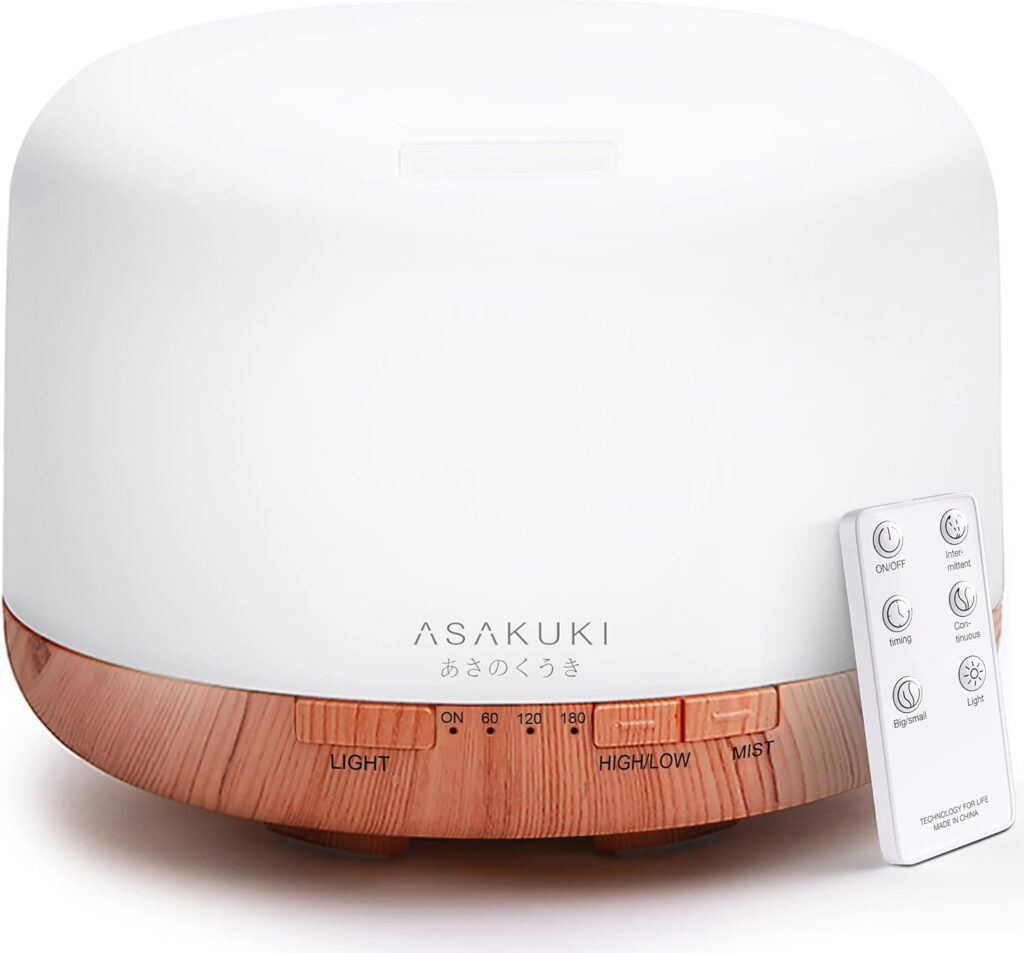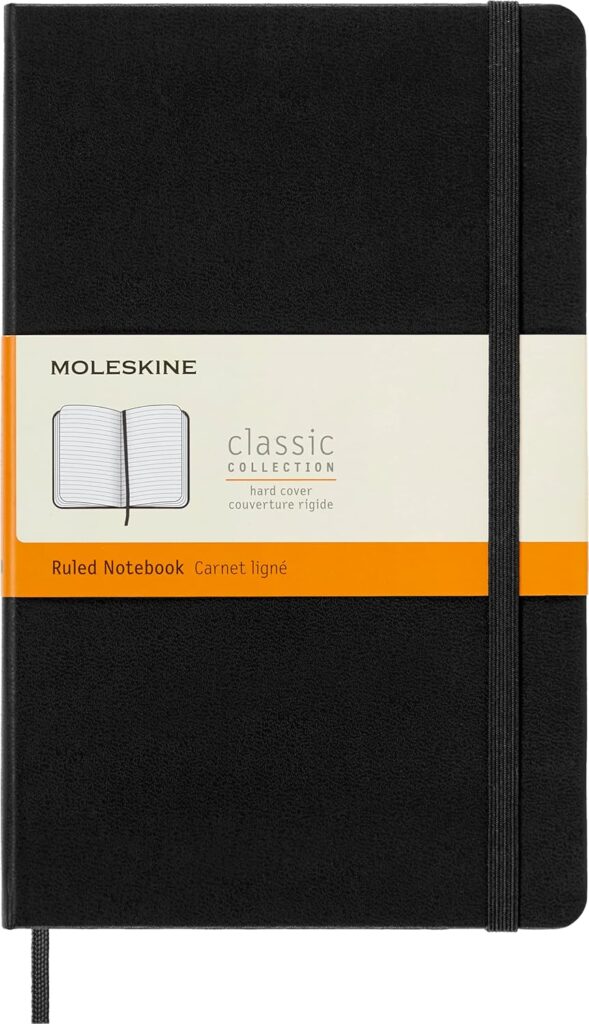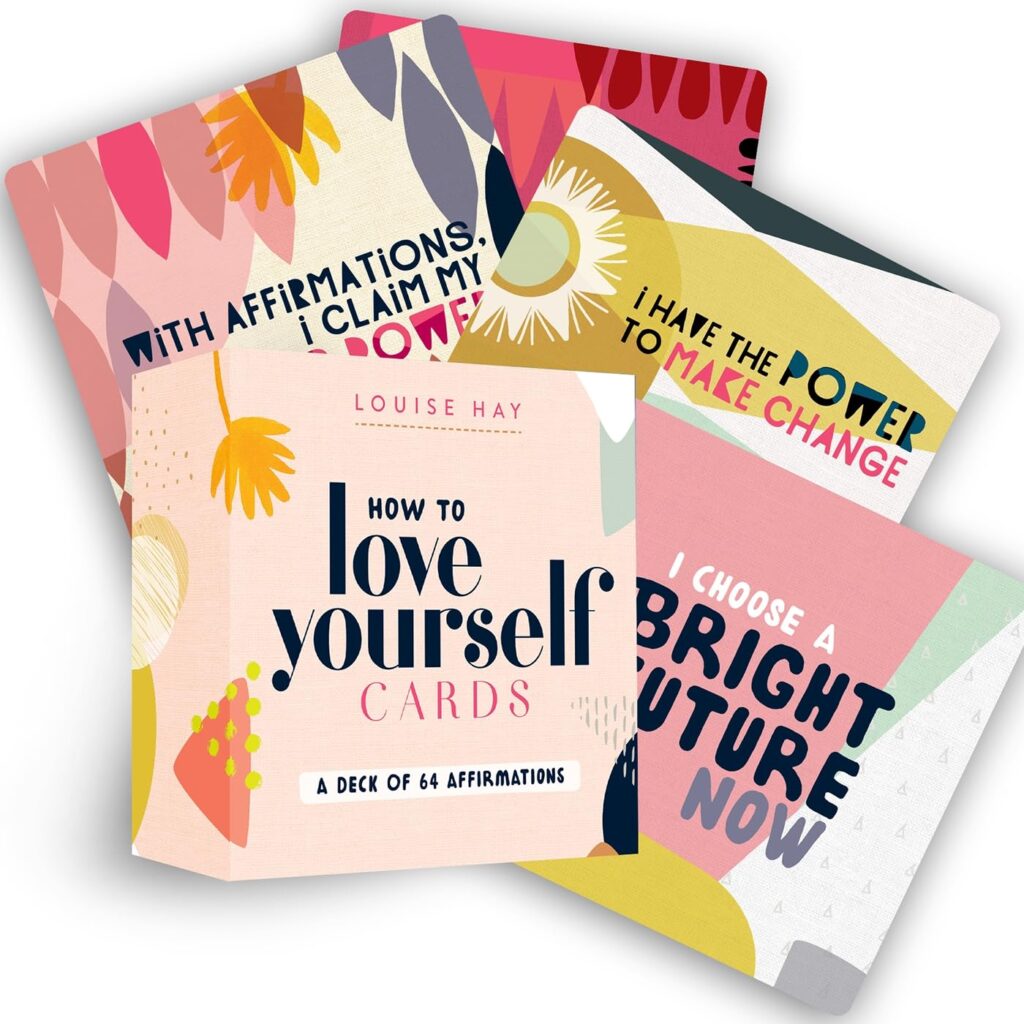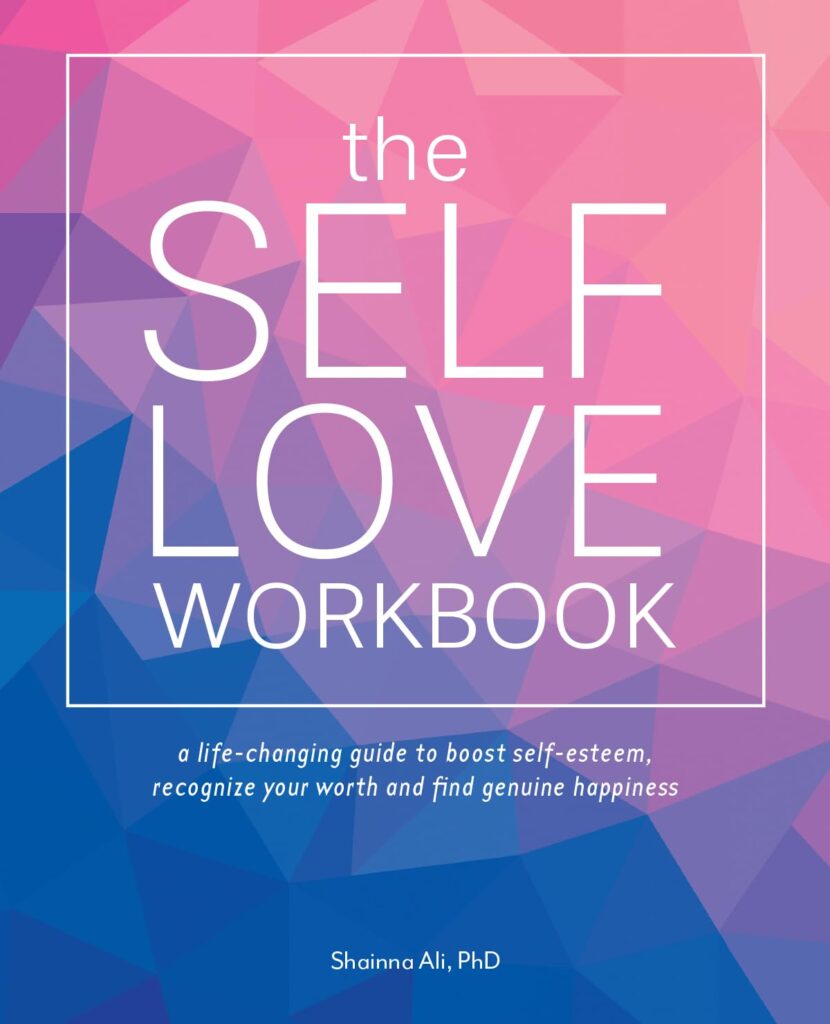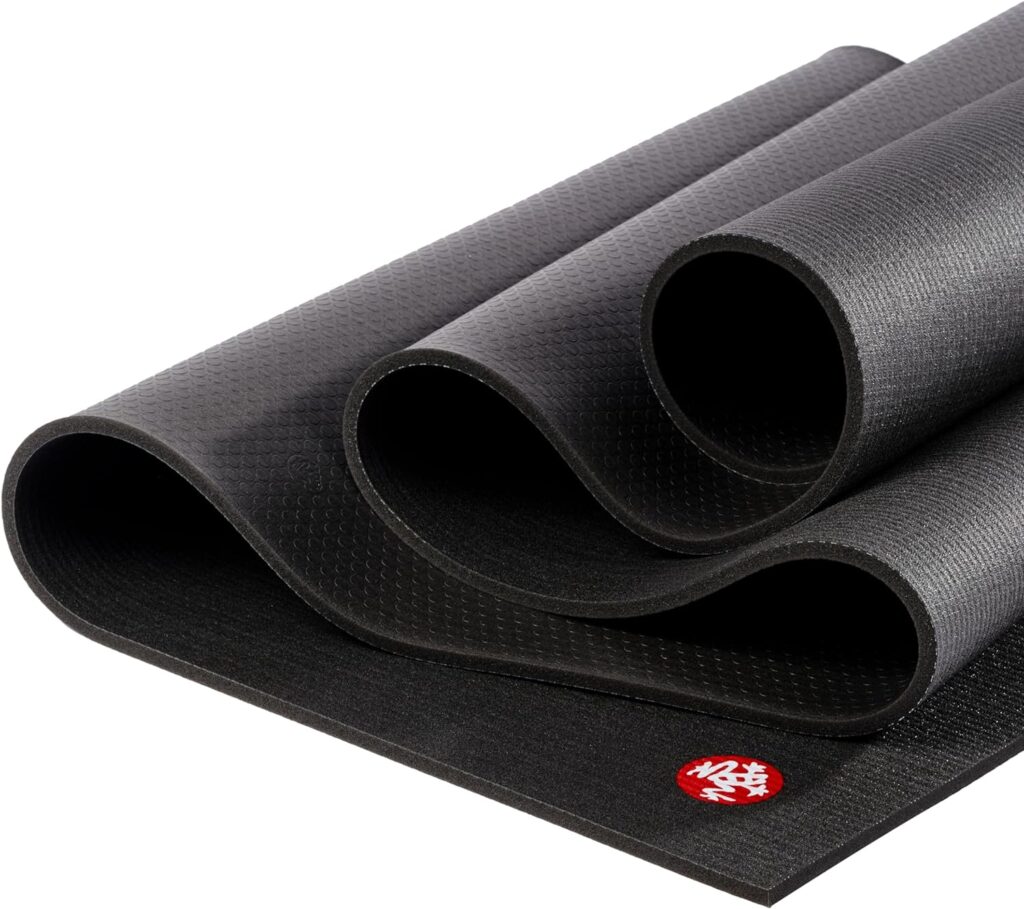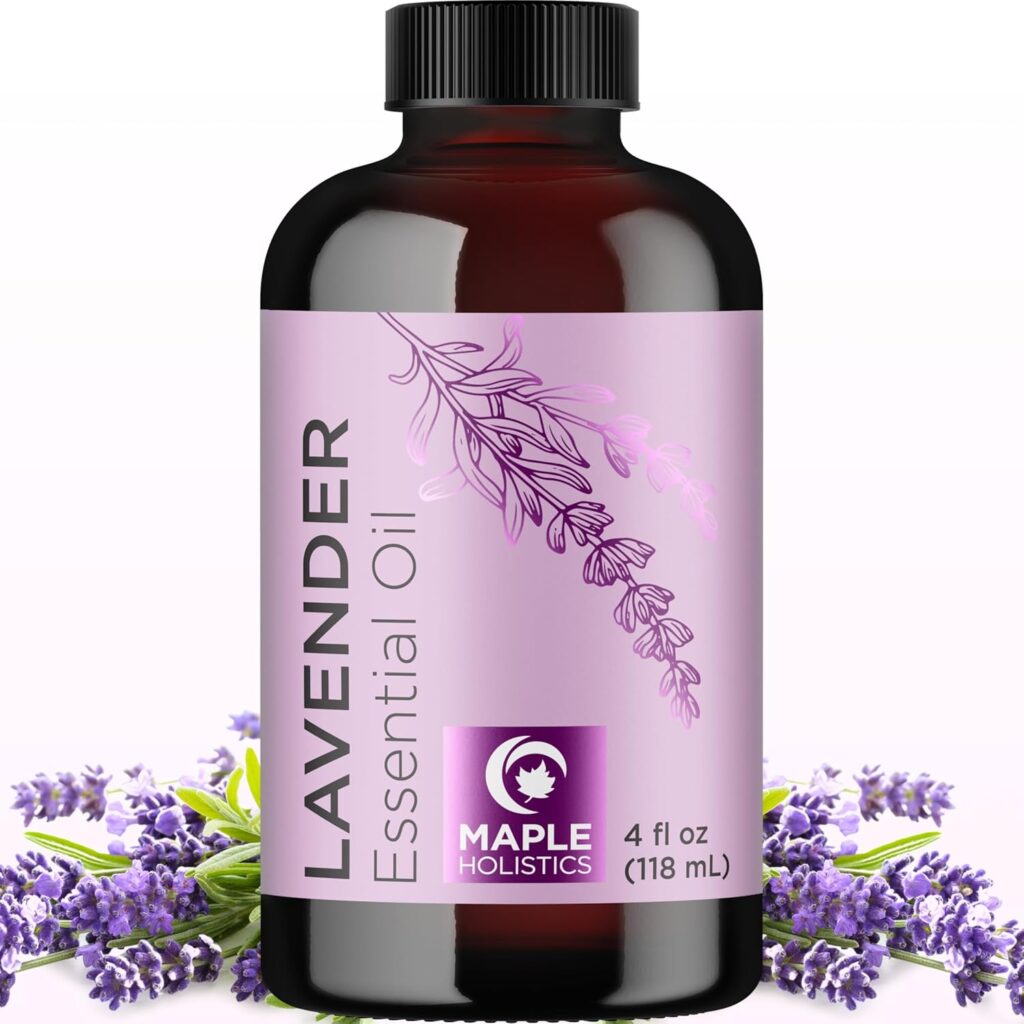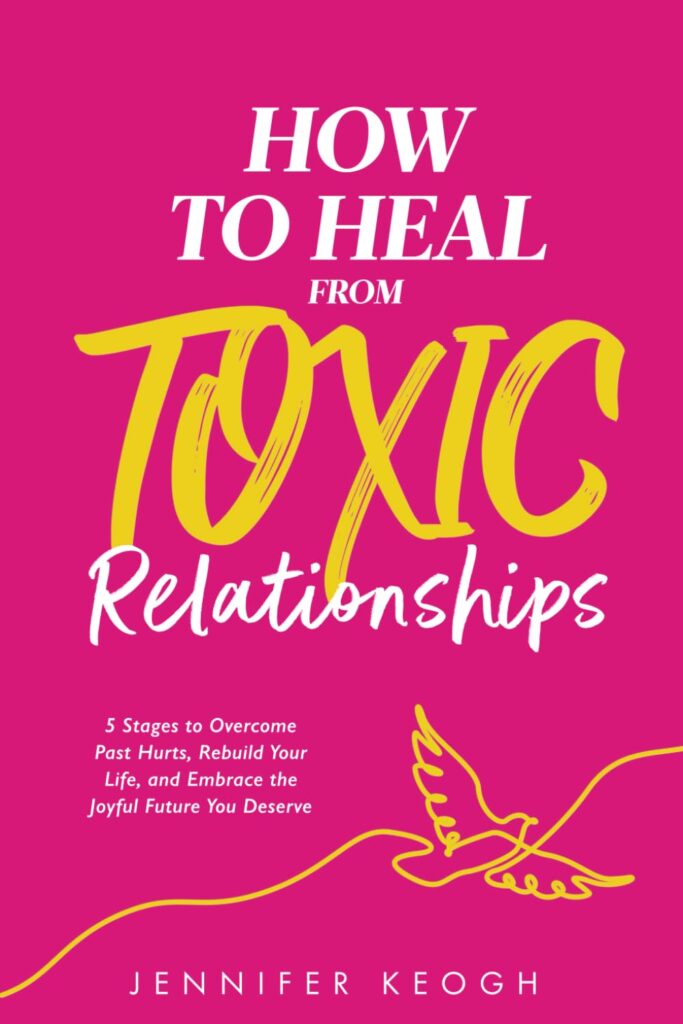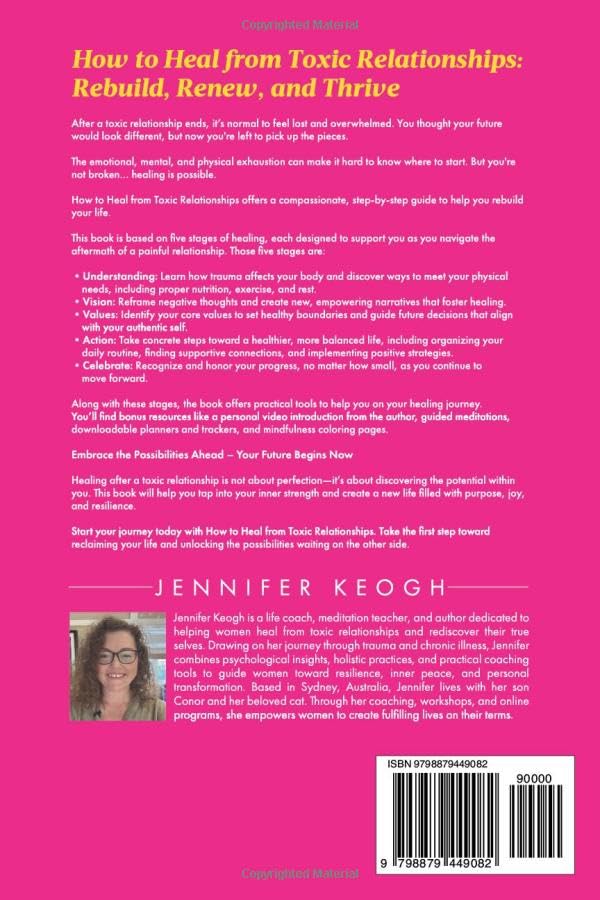Life has a way of knocking us down when we least expect it. Whether it’s the end of a toxic relationship, the loss of a loved one, or personal struggles, emotional healing can feel like a long and difficult road. But I want to remind you of something: healing is possible. It’s not about perfection or getting everything right. It’s about taking small steps every day toward rebuilding your emotional well-being.
As someone who has walked through the pain of toxic relationships, I can tell you that self-care is one of the most important tools for emotional growth. It’s not just about bubble baths and face masks (though those are great!). True self-care involves nurturing your mind, body, and spirit, so you can step into a healthier, happier version of yourself.
In this article, I’ll share a variety of self-care ideas for emotional healing and growth, inspired by my own journey and the insights I’ve gathered through my work, including my book How to Heal from Toxic Relationships. These self-care practices will help you reconnect with yourself, build resilience, and embrace the emotional growth you deserve.
Understanding the Importance of Self-Care for Emotional Healing

Emotional healing isn’t just about getting over pain. It’s about understanding that you deserve to feel better and that healing takes time. After a toxic relationship or emotional setback, it’s common to feel lost, drained, and unsure of where to start. You might even feel broken. But I assure you, you’re not broken—healing is a process, and it begins with self-care.
Why Self-Care Matters:
Self-care is the foundation of emotional healing because it allows you to take care of your needs before you can truly be there for others. It’s about setting aside time to care for your mental, physical, and emotional health. Think of it as putting on your own oxygen mask before helping others.
In How to Heal from Toxic Relationships, I outline five key stages of healing: Understanding, Vision, Values, Action, and Celebrate. These stages help you reconnect with yourself and heal in a holistic way. I encourage you to incorporate self-care into each of these stages, so that you are not only surviving, but truly thriving after a difficult experience.
Practicing Mindfulness and Meditation
Mindfulness and meditation are two of the most powerful tools for emotional healing. These practices help you stay grounded in the present moment, reduce stress, and gain clarity as you navigate your emotions.
Benefits of Mindfulness:
Mindfulness helps you become aware of your thoughts and feelings without judgment. It teaches you how to observe your emotions, rather than react to them. This can be especially helpful after a toxic relationship, where emotions may be running high and out of control.
Simple Meditation Practices to Try:
If you’re new to meditation, start with just a few minutes each day. Try a simple breathing exercise:
- Sit comfortably, close your eyes, and take a deep breath in through your nose.
- Exhale slowly through your mouth, allowing your body to relax with each breath.
- Focus on your breath for a few minutes, letting any thoughts or worries pass by like clouds.
There are also plenty of guided meditation apps out there, such as Insight Timer and Calm, that offer meditation sessions for healing and emotional balance.
In my book How to Heal from Toxic Relationships, I also include a section on guided meditations and how to incorporate mindfulness into your daily routine. These exercises are designed to help you reconnect with your inner peace, no matter what you’ve been through.
Product Recommendations:
- Insight Timer Meditation App
- Calm Meditation App Subscription
- Essential Oil Diffuser – Enhance your meditation sessions with a relaxing aroma.
Journaling for Emotional Expression and Growth
Journaling has been an essential part of my healing process. It’s a safe space where I can express my thoughts, reflect on my feelings, and work through the emotional challenges I’m facing. Writing allows you to process your emotions in a way that talking or thinking alone cannot.
Healing Through Reflection:
Journaling helps you release pent-up emotions, gain insights into your thought patterns, and track your progress. It’s a powerful tool for self-discovery, especially when it comes to emotional healing. The act of putting pen to paper can be cathartic, allowing you to release anger, sadness, and confusion.
Daily or Weekly Journal Prompts:
Here are some prompts that can help you start your journaling practice:
- What emotions have I been avoiding, and why?
- What am I grateful for today, even if it’s something small?
- How can I nurture my emotional well-being today?
- What boundaries do I need to set in my life moving forward?
- What strengths have I discovered in myself during this healing process?
For those who want more structure in their journaling practice, I’ve created the How to Heal from Toxic Relationships companion journal/colouring book. This journal provides prompts, affirmations, and space to reflect on each stage of healing.
Product Recommendation:
- Moleskine Classic Notebook
Moleskine Notebook for Journaling
Establishing Healthy Boundaries
One of the most important aspects of emotional healing is learning to set boundaries. After being in a toxic relationship, it’s crucial to protect your emotional well-being by establishing healthy boundaries with others and yourself.
The Power of Boundaries:
Boundaries are not about building walls—they are about creating safe spaces for yourself. Setting clear boundaries allows you to protect your energy, maintain your self-respect, and avoid getting entangled in unhealthy situations.
Practical Steps to Setting Boundaries:
- Identify areas where you feel drained or disrespected.
- Learn to say “no” without guilt.
- Surround yourself with people who respect your boundaries and encourage your healing.
- Be consistent in enforcing your boundaries, even when it’s difficult.
I discuss the importance of boundaries in my upcoming book How to Heal Your Shadow Self. This book will dive deeper into understanding how our shadow selves impact our boundaries and how we can heal them.
Connecting with Supportive Communities
Healing is not a journey you need to walk alone. Finding a supportive community of like-minded individuals can provide you with the encouragement and connection you need to heal.
Importance of Community Support:
Supportive communities, whether they’re friends, family, online groups, or therapy groups, offer a sense of belonging and validation. They remind you that you are not alone in your struggles and that healing is possible.
Online Communities and Therapy:
Consider joining a support group for people who have experienced toxic relationships. There are numerous online communities that offer a safe space to share your experiences and connect with others who understand what you’re going through.
If you’re ready to take it a step further, therapy can be a great option. A licensed therapist can help you process your emotions and develop healthy coping mechanisms for dealing with the aftermath of a toxic relationship.
Healing Your Inner Child
Healing the inner child is a critical component of emotional growth. Our inner child represents the part of us that holds onto unresolved pain, fear, and trauma from childhood. By nurturing this part of ourselves, we can heal old wounds and embrace our true selves.
What is Inner Child Healing?
Inner child healing is the process of reconnecting with and nurturing the vulnerable, younger part of ourselves. It involves acknowledging past hurts, offering compassion, and learning to love ourselves unconditionally.
Practical Tips for Healing Your Inner Child:
- Visualize your younger self and offer comfort or guidance.
- Write letters to your inner child, reassuring them that they are safe and loved.
- Practice self-compassion, as if you were caring for a child you deeply love.
In my upcoming book How to Heal Your Inner Child, I’ll guide you through a series of exercises and reflections designed to help you reconnect with your inner child and heal old wounds.
Exploring Self-Love and Compassion
Self-love is the cornerstone of emotional healing. After experiencing a toxic relationship, it’s easy to forget your worth, but healing requires that you rediscover your love for yourself.
Practicing Self-Love:
Self-love is about accepting yourself as you are, flaws and all. It’s about treating yourself with kindness, forgiving yourself for past mistakes, and nurturing your emotional well-being.
Self-Care Rituals for Self-Love:
- Practice positive affirmations every day.
- Take time for yourself—whether it’s a walk in nature, a cozy night in, or a hobby you love.
- Treat yourself with the same love and care you would offer to a friend.
To help you along the way, I recommend checking out products like affirmation cards or self-care journals, which can help you stay grounded in your self-love practice.
Product Recommendations:
- Self-Love Affirmation Cards
Affirmation Cards for Self-Love
- Self-Love Workbook for Women
Self-Love Workbook
Incorporating Physical Self-Care for Mental Clarity
Taking care of your body is just as important as taking care of your mind. Exercise, nutrition, and rest are essential for emotional healing because they support your mental and emotional health.
Exercise for Emotional Well-Being:
Exercise releases endorphins, which are natural mood lifters. Whether it’s yoga, walking, or something more intense, moving your body can help reduce stress and boost your emotional health.
Rest and Nutrition:
Adequate rest and good nutrition are vital for emotional clarity. Make sure you’re getting enough sleep and fueling your body with nourishing foods.
I recommend incorporating physical self-care routines into your daily life, like morning stretches or evening walks. Wellness products, like yoga mats or essential oils, can also enhance your self-care rituals.
Product Recommendations:
- Manduka PRO Yoga Mat
Manduka Yoga Mat
- Lavender Essential Oil for Relaxation
Lavender Essential Oil
Celebrate Your Progress
Healing is not a race—it’s a journey. And no matter how small the steps, every bit of progress is worth celebrating.
Acknowledging Your Growth:
Take time to reflect on how far you’ve come. Celebrate the small wins, whether it’s setting a new boundary, practicing self-love, or simply getting through a tough day.
Gratitude and Reflection:
Make it a habit to reflect on what you’re grateful for. Gratitude helps shift your focus from what you lack to what you have, fostering a mindset of abundance and healing.
Conclusion: Start Your Healing Journey Today
I want to leave you with one final thought: healing is possible, and you deserve it. No matter what you’ve been through, it’s never too late to begin your journey of self-care and emotional healing. Whether you start with mindfulness, journaling, setting boundaries, or practicing self-love, every step you take brings you closer to a healthier, more fulfilled version of yourself.
If you’re ready to dive deeper into your healing journey, I invite you to check out my book How to Heal from Toxic Relationships. It’s a compassionate, step-by-step guide that will help you rebuild your life after a difficult relationship, with practical tools and resources like guided meditations, planners, and mindfulness coloring pages.
Remember, healing isn’t about perfection—it’s about embracing your worth and making progress every day. Take the first step today.
